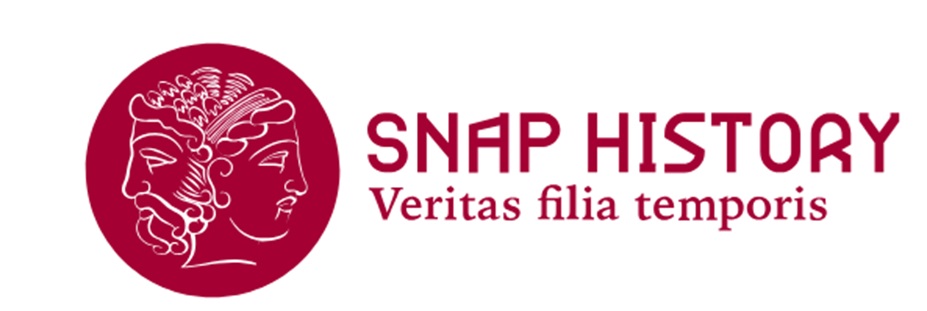The Man Who Fought In Slippers
Sebastiano Venier. In Lepanto against the Turks and against gout

Jacopo Tintoretto - Sebastiano Veniero with page boy, oil on canvas - Palazzo Mocenigo, Venice, private collection.
Primary character of the Venetian company during the battle of Lepanto (October 7, 1571), Sebastiano Venier is remembered by sources as tough and stubborn.
Among the most credible, The Duke of Airola Ferrante Caracciolo's comments introduce a peculiarity that did not go unnoticed, on page 38.
"Of Veniero, one could notice a great spirit, who, knowing himself decrepit, was armed with an ancient-style breastplate, wearing slippers, with a crossbow in hand & fighting courageously, not shying away from harm to end his life on such a glorious day, as God pleased".
The image of the valorous leader takes on a clumsy tone, he fought with his best armor but in slippers.
Why would the old sea captain expose himself to the Turkish boarding while wearing soft slippers?
We are aided by the thesis put forward by the director of the Institute of History of Rheumatology in Venice, Leonardo Punzi, who argued, as a guest at the Conference organized at the Scuola Grande San Marco in Venice, for the 450th anniversary celebration, that Veniero might have suffered from a bothersome and very common disease in the early modern age like gout.
The uric acid crystals that would have deposited in his feet, causing them to swell, would have made it unbearable to wear metal shoes. Only thanks to comfortable slippers could Sebastiano Venier find some relief, although, according to accounts, one foot was hit by a Turkish arrow. Not even the pain caused by the wound made him regret the discomfort of rigid and constricted footwear that the metal protections of the armor would have caused.
While Punzi's considerations reveal a correlation between the restlessness of some historical leaders and the disease afflicting Veniero, it is also worth considering that roles of power, especially in the early modern age, were prerogatives of those belonging to affluent families.
Here is the connection: gout was an ailment believed to be linked to a disorderly life full of dietary excesses, circumstances that favored its identification with privileged social classes.
Minisola Giovanni, Il ritorno della gotta. Tra storia e attualità, Proceedings of the Lancisian Academy, a.y. 2020-2021,Vol. 65, n° 1, January - March 2021
Caracciolo Ferrante, I commentari delle guerre fatte co’ turchi da D. Giovanni D’Austria dopo che venne in Italia, Marescotti, Florence, 1571
Barbero Alessandro, La battaglia dei tre imperi, Bari, La Terza, 2020, pp.516-533
Marson P, Pasero G. Some historical remarks on microcrystalline arthritis (gout and chondrocalcinosis). Rheumatism 2012; 63: 199-206.
State Archives of Venice (ASVe), Senato, Provveditori da Terra, da Mar ed altre cariche (P.T.M.), b. 501, f. 729, dispatch of 28 August 1570
Sito Hemove Health and Motion Venice Association, Molmenti P, Sebastiano Veniero dopo la battaglia di Lepanto, New Veneto Archive, 1915; 30:16
Dassi Diego
2025-04-29
Salvatore Ciccarello
